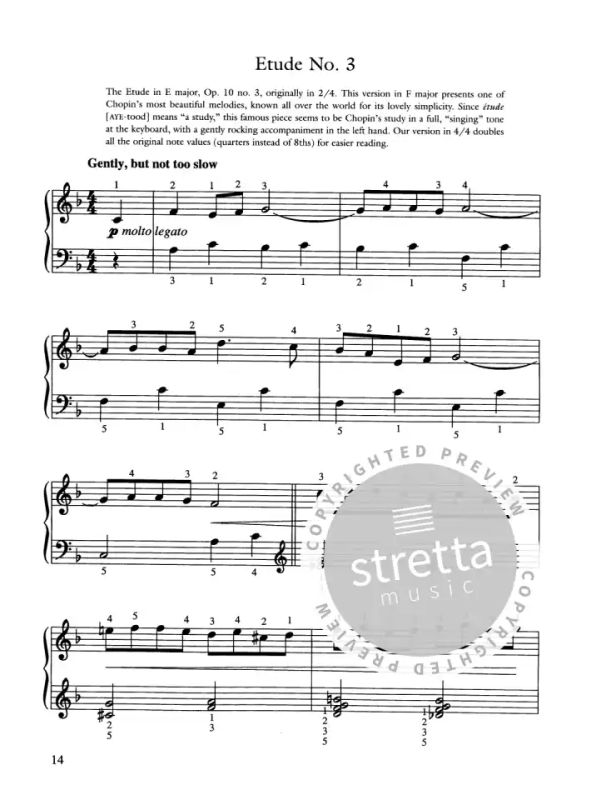

Sand's correspondence suggests that Chopin was asexual that is, that he had no inclination to have sexual relations with anyone, male or female. In that same year, at a party hosted by Countess Marie d'Agoult, Chopin met the novelist Amandine-Aurore-Lucile Dupin, better known by her pseudonym as George Sand. In 1836 Chopin was secretly engaged to a seventeen-year-old Polish girl named Maria Wodzinska. He was also friends with composers Hector Berlioz, Franz Liszt and Robert Schumann, and although he was at times critical of their music, Chopin dedicated some of his own compositions to them. Among his closest friends were opera composer Vincenzo Bellini (beside whom he is buried in the Père Lachaise), and painter Eugène Delacroix. By 1838 Chopin had become a famous figure in Paris. He completed several of his most famous works and also performed regular concerts, to rave reviews. The early and mid-1830s in Paris were a productive time for the composer.

It is also at this time that he began his lifelong struggle with tuberculosis. He began work on his first scherzi and ballades as well as the first book of études. By 1831 Chopin had left Poland for good and settled in Paris.

The following year he returned to Warsaw and performed the premiere of his Piano Concerto in F Minor at the National Theater on March 17. Chopin first visited Vienna in early 1829, where he gave a piano performace and received his first favorable reviews.


 0 kommentar(er)
0 kommentar(er)
